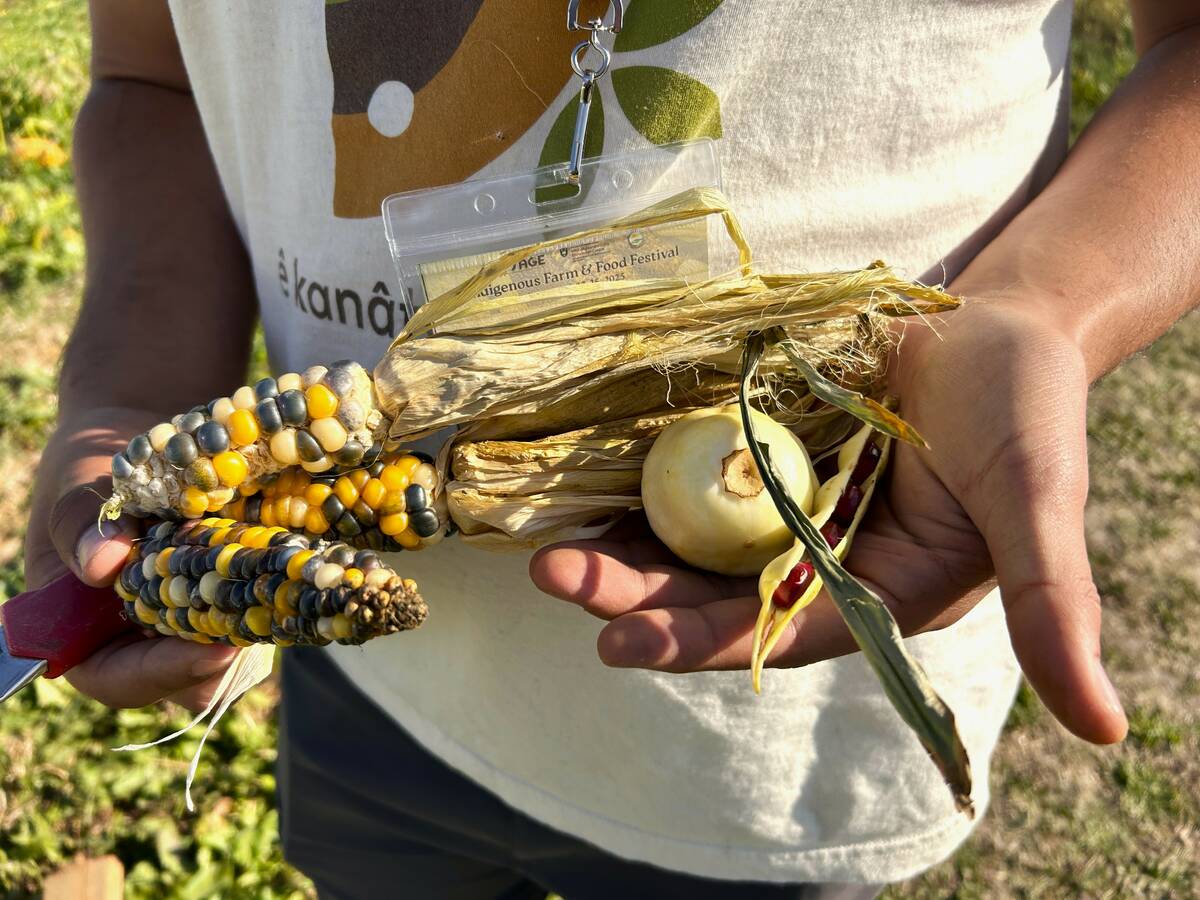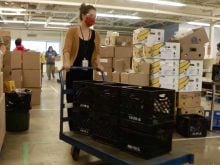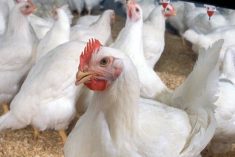The widely held view that food production needs to double by 2050 to feed a growing world population may be inaccurate.
In a study published in the journal Bioscience, researchers from Penn State’s agriculture college have challenged that view, saying the required increase may be as high as 70 per cent — or as low as 25 per cent.
Mitch Hunter, a doctoral student in agronomy, says the analysis shows that production needs to keep increasing, but not as fast as many have claimed. That’s important because it means there can be more opportunity to protect the environment, he says.
Read Also

Regenerative practices meet Indigenous knowledge on the Prairies
What do traditional Indigenous agricultural practices and regenerative agriculture have in common? Quite a lot it turns out.
- Read more: Radical transformation of food system needed
- Read more: Pulse popularity portends bright future
“In the coming decades, agriculture will be called upon to both feed people and ensure a healthy environment,” said Hunter. “Right now, the narrative in agriculture is really out of balance, with compelling goals for food production but no clear sense of the progress we need to make on the environment.”
A review of recent trends in agriculture’s environmental impacts shows that they are increasing and must drop dramatically to maintain clean water and stabilize the climate, according to the researchers.
More clearly defining targets, the researchers say, will clarify the scope of the challenges that agriculture must face in the coming decades, focusing research and policy.
“Food production and environmental protection must be treated as equal parts of agriculture’s grand challenge,” says study co-author David Mortensen, professor of weed and applied plant ecology, Penn State.
These new findings have important implications for farmers. Lower demand projections may suggest that prices will not rise as much as expected in coming decades.















